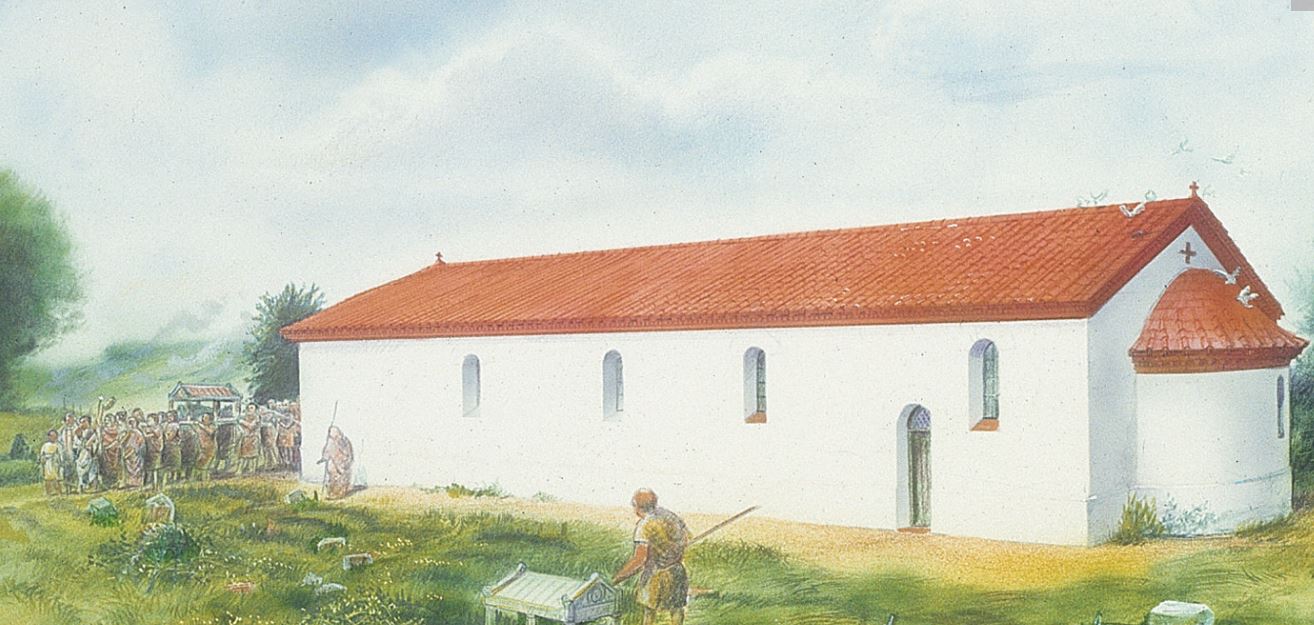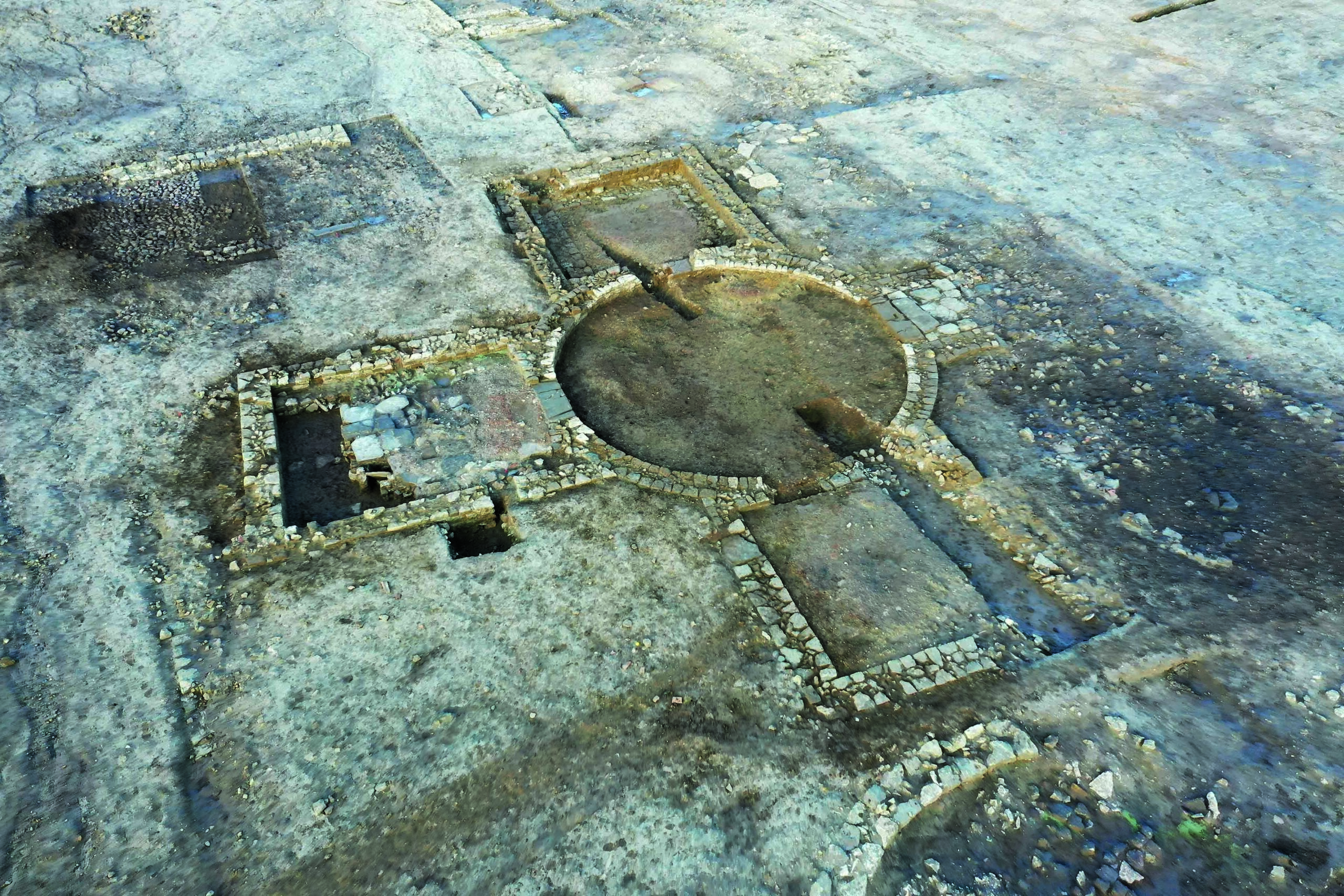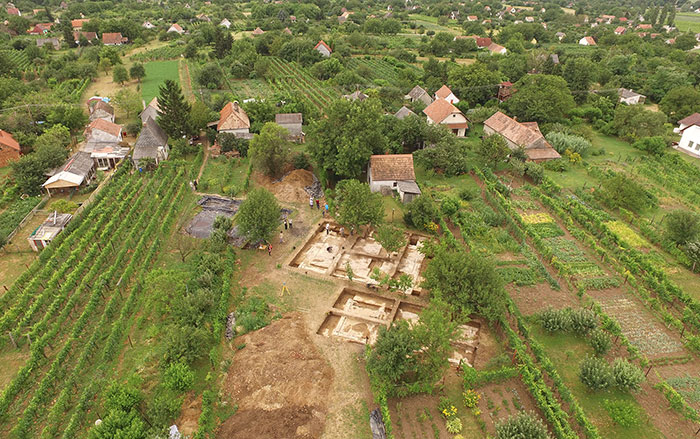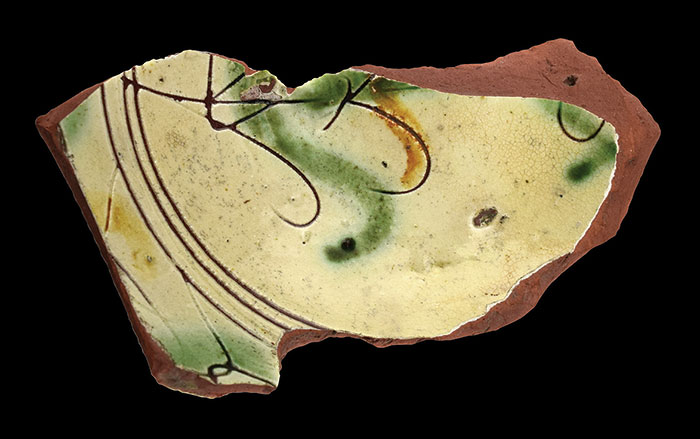
COLCHESTER, ENGLAND—According to a report in the Daily Gazette, scientists have detected a family relationship among individuals whose remains were found in a fourth-century A.D. burial site in southeast England. Earlier burials in the cemetery, which date to the era of Roman paganism, were laid out north-south, while later Christian burials, associated with traces of a church building, were oriented east-west. The configuration of the graves also suggested to researchers that the Christian cemetery had been arranged in family plots. Scientists led by Nelson Fernández of Essex University analyzed mitochondrial DNA and human leukocyte antigen from bone samples of 29 individuals in the Christian-era cemetery. “It means we have been able to for the first time scientifically prove the long-held theory there were family burial areas at the Butt Road Roman cemetery by showing they shared the same inherited genetic markers,” Fernández said. For more on Roman England, go to “London’s Earliest Writing.”










